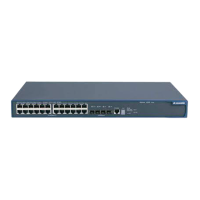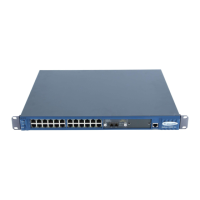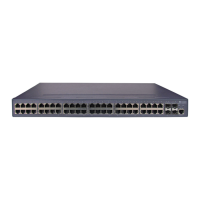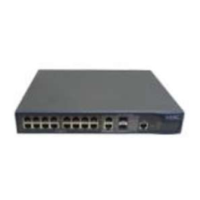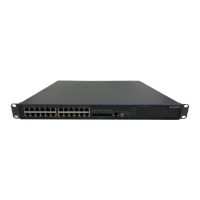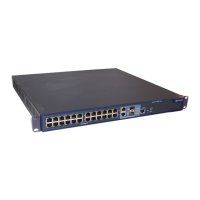Operation Manual – Multicast Protocol
Quidway S3900 Series Ethernet Switches-Release 1510 Chapter 8 MSDP Configuration
Huawei Technologies Proprietary
8-8
Operation Command Description
Configure a static RPF
peer
static-rpf-peer
peer-address [ rp-policy
ip-prefix-name ]
Optional
For an area containing only
one MSDP peer, if the BGP
or MBGP does not run in this
area, you need to configure
a static RPF peer.
8.3 Configuring Connection between MSDP Peers
An AS may contain multiple MSDP peers. To avoid SA flooding between the MSDP
peers, you can use the MSDP mesh mechanism to improve traffic. When multiple
MSDP peers are fully connected with one another, these MSDP peers form a mesh
group. When an MSDP peer in the mesh group receives SA messages from outside the
mesh group, it sends them to other members of the group. On the other hand, a mesh
group member does not perform RPF check on SA messages from within the mesh
group and does not forward the messages to other members of the mesh group. This
avoids SA message flooding since it is unnecessary to run BGP or MBGP between
MSDP peers, thus simplifying the RPF checking mechanism.
The sessions between MSDP peers can be terminated and reactivated sessions as
required. When a session between MSDP peers is terminated, the TCP connection is
closed, and there will be no reconnection attempts. However, the configuration
information is kept.
8.3.1 Configuration Prerequisites
Before configuring an MSDP peer connection, you need to configure:
z A unicast routing protocol
z Basic functions of IP multicast
z PIM-SM basic functions
z MSDP basic functions
Table 8-2 Configuration tasks
Operation Description Related section
Configure description
information for MSDP peers
Required
Section
8.3.2 Configuring
Description Information for
MSDP Peers
Configure Anycast RP
application
Optional
Section 8.3.3 Configuring
Anycast RP Application
Configure an MSDP mesh
group
Optional
Section 8.3.4 Configuring an
MSDP Mesh Group
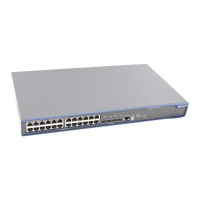
